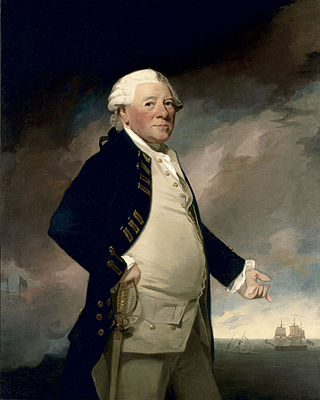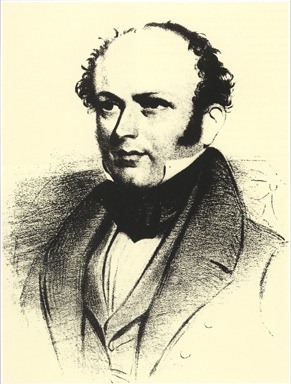
There have been seven baronetcies created for members of the Lowther family, one in the Baronetage of Nova Scotia, two in the Baronetage of England, two in the Baronetage of Great Britain and two in the Baronetage of the United Kingdom. Two of the creations are extant as of 2008.
There have been three baronetcies created for members of the Stonhouse family, all in the Baronetage of England. Two of the creations are extant as of 2021.

There have been seven baronetcies created for persons with the surname Parker, three in the Baronetage of England, two in the Baronetage of Great Britain and two in the Baronetage of the United Kingdom. Two of the creations are extant as of 2008. Though none of the different families of baronets were related, several supplied a number of flag officers to the Royal Navy.

There have been two baronetcies created for members of the Hardy family, both in the Baronetage of the United Kingdom. The first creation became extinct on the death of the first baronet in 1839 and the second creation became extinct on the death of the fifth baronet in 2017.
There have been two baronetcies created for persons with the surname Proby, one in the Baronetage of England and one in the Baronetage of the United Kingdom. The first creation is extinct while the second creation is extant.
There have been nine baronetcies created for persons with the surname Lloyd, three in the Baronetage of England, three in the Baronetage of Great Britain and three in the Baronetage of the United Kingdom. Two of the creations are extant as of 2010.

There have been twenty one baronetcies created for persons with the surname Williams, eight in the Baronetage of England, three in the Baronetage of Great Britain and ten in the Baronetage of the United Kingdom. Only six of the creations are extant as of 2017.

There have been two baronetcies created for persons with the surname Davis, both in the Baronetage of the United Kingdom. One creation is extinct.

There have been three baronetcies created for persons with the surname Foster, all in the Baronetage of the United Kingdom. Two of the creations are extinct.

There have been eight baronetcies created for persons with the surname Wilson, one in the Baronetage of Ireland and six in the Baronetage of the United Kingdom.
There have been six baronetcies created for persons with the surname Thomas, three in the Baronetage of England, one in the Baronetage of Great Britain and two in the Baronetage of the United Kingdom. Two of the creations are extant as of 2016.
There have been five baronetcies created for persons with the surname Evans, one in the Baronetage of Ireland and four in the Baronetage of the United Kingdom. All of the baronetcies are now extinct.
Three baronetcies were created for persons with the surname D'Oyly, two in the Baronetage of England and one in the Baronetage of the United Kingdom. One creation is extant as of 2008.
There have been seven baronetcies created for persons with the surname Powell, five in the Baronetage of England and two in the Baronetage of the United Kingdom. Only one creation is extant as of 2007.
There have been two baronetcies created for persons with the surname Wakeman, one in the Baronetage of England and one in the Baronetage of the United Kingdom.
There have been three baronetcies created for persons with the surname Hare, one in the Baronetage of England and two in the Baronetage of the United Kingdom. One creation is extant as of 2007.
There have been three baronetcies created for persons with the surname Wiseman, all in the Baronetage of England. Only one creation is extant as of 2008.
There have been four baronetcies created for persons with the surname Dundas, one in the Baronetage of Great Britain and three in the Baronetage of the United Kingdom. One creation is extant as of 2008.

There have been five baronetcies created for persons with the surname Kennedy, one in the Baronetage of Ireland, three in the Baronetage of Nova Scotia and one in the Baronetage of the United Kingdom. One creation is extant as of 2010.

The Bayntun-Sandys Baronetcy, of Miserden Castle in the County of Gloucester and of Chadlington Hall in the County of Oxford, was a title in the Baronetage of the United Kingdom. It was created on 26 September 1809 for Edwin Bayntun-Sandys (1774–1848). He had been born Edwin or Edwyn Sandys, but had assumed the additional surname of Bayntun. He did so, by Royal sign manual, in 1807. The change was in order to inherit from the will of William Bayntun (1717–1785), a lawyer of Gray's Inn and husband of his first cousin once removed, Catherine Sandys (1737–1804).









